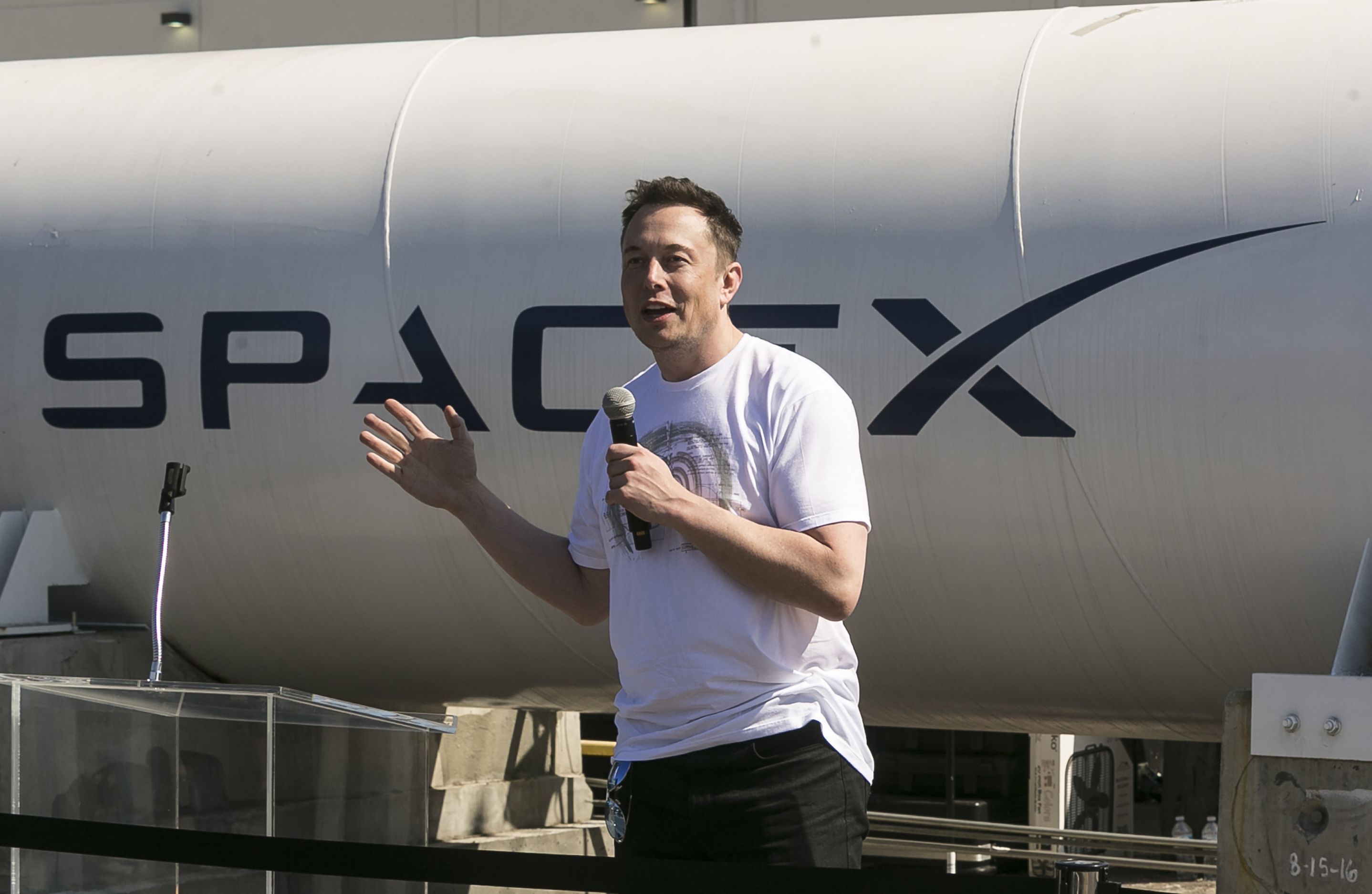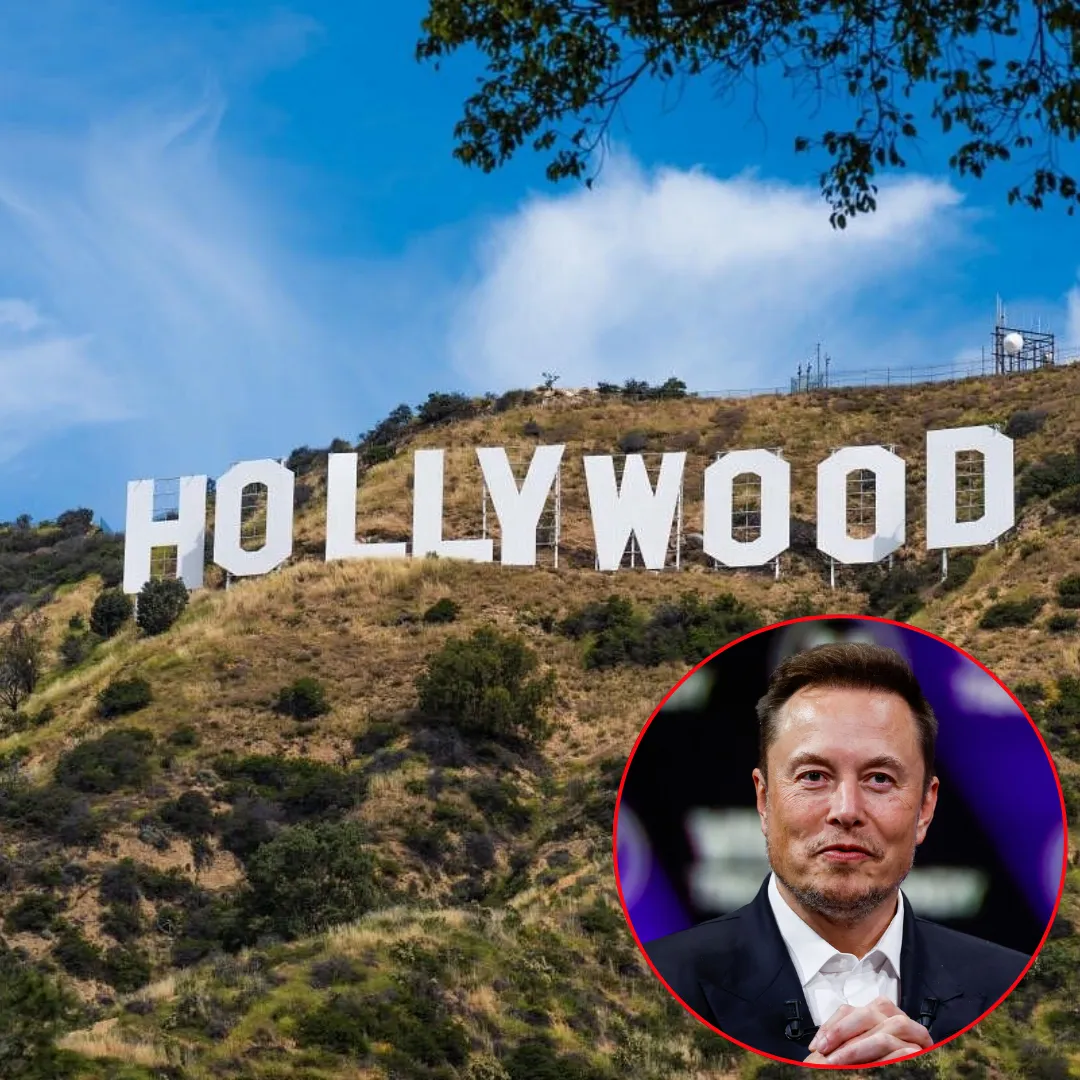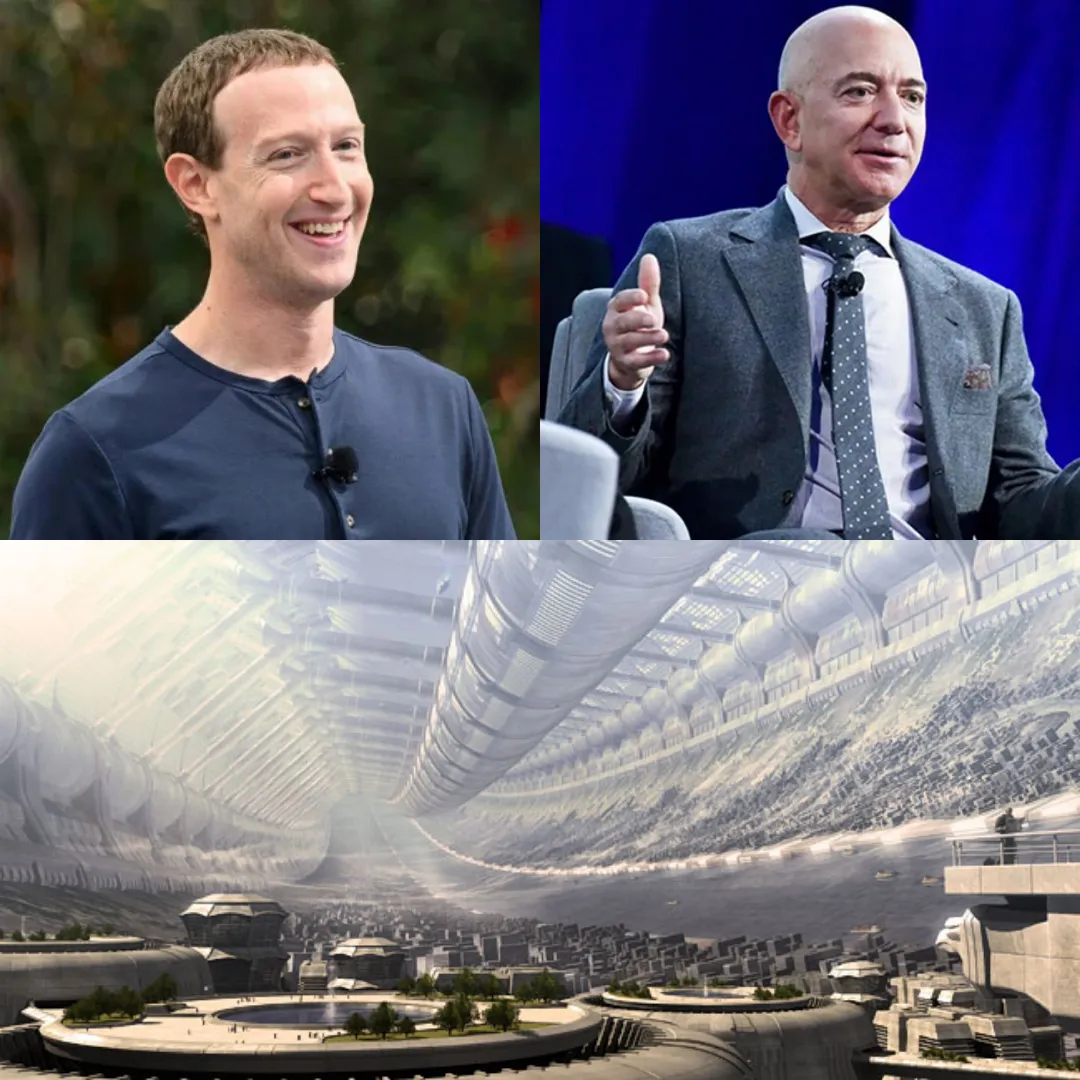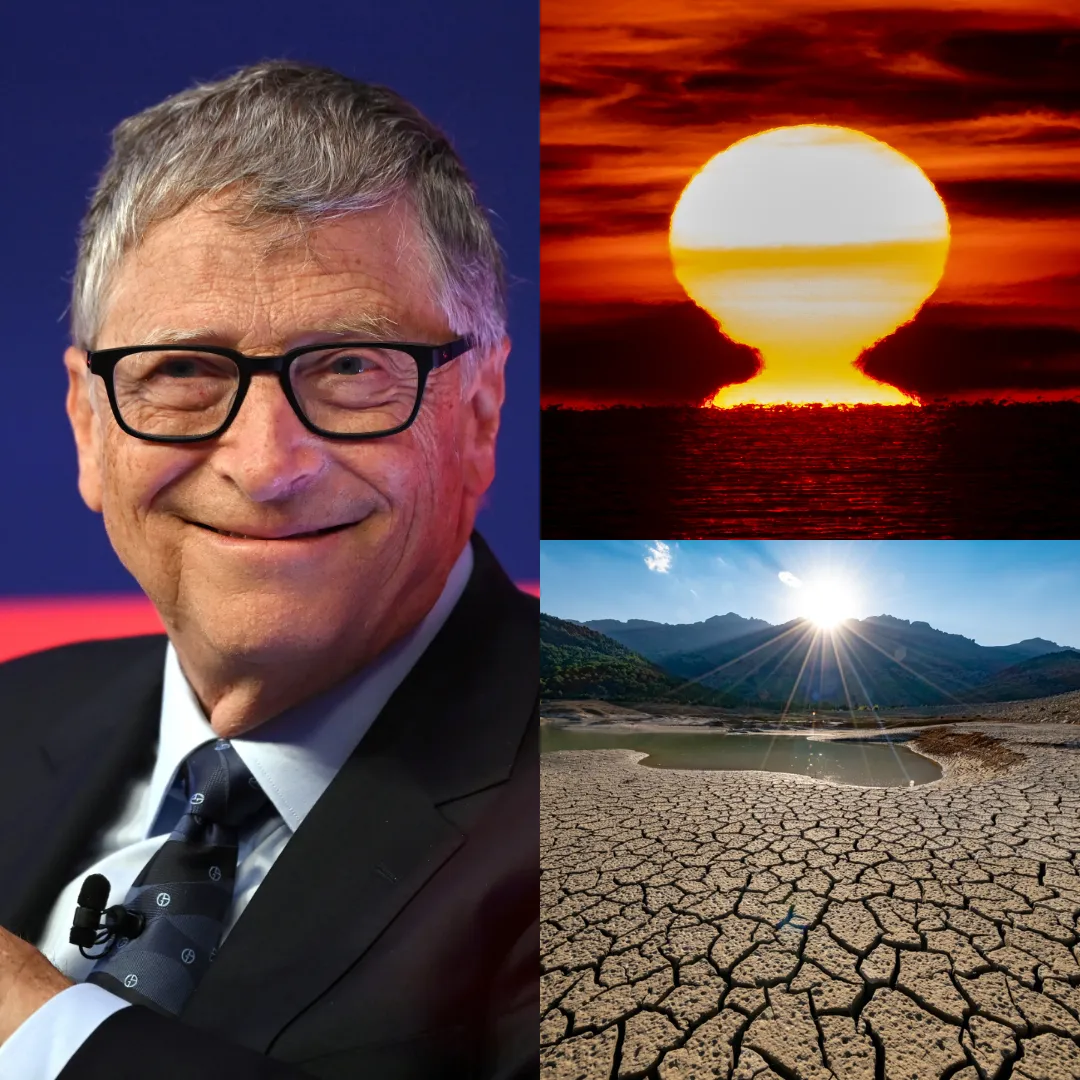
In a world where space exploration had long been the domain of governments, sluggish bureaucracies, and one-time-use billion-dollar hardware, Elon Musk entered with a plan so radical that it initially sounded absurd. What if rockets, like airplanes, could be used more than once?
What if the industry could break free from the economic model that treated every launch as a disposable event and instead made reusability the foundation of modern aerospace? With SpaceX, Musk did not merely enter the space race—he changed the rules entirely. And in doing so, he turned a dream of interplanetary civilization into something that felt suddenly, tangibly possible.
When Musk founded SpaceX in 2002, the idea of launching a rocket and landing it back on Earth in one piece was widely regarded as an engineering fantasy. Space travel was prohibitively expensive. Each launch meant spending hundreds of millions of dollars on boosters and fuel systems that would burn for minutes and then plummet back to Earth as scrap.
This wasteful cycle had persisted for decades, driven by inertia, tradition, and a lack of viable alternatives. But Musk, whose personal fortune was already tied to revolutionary ventures like PayPal and Tesla, was willing to burn capital and time in pursuit of a better model. In the early years, few took SpaceX seriously.
Critics scoffed at its homemade rocket designs and scrappy engineering approach. But behind the skepticism, Musk was pouring resources and precision into a problem few dared to confront. Over the course of a decade, SpaceX invested more than 10 billion dollars into research and development, an amount Musk personally contributed to in the hundreds of millions.
The company’s most important bet was on a single concept—reusability. The logic was clear. If the first stage of a rocket, the most expensive and complex part, could be recovered and reused, the cost of spaceflight could be slashed dramatically.
That vision became reality in December 2015. In a historic flight that stunned the aerospace community, SpaceX launched a Falcon 9 rocket into orbit and then guided its first-stage booster back to Earth, where it landed upright at Cape Canaveral’s Landing Zone 1.
For the first time in human history, a rocket that had delivered a payload into space returned safely for reuse. It was not a concept anymore. It was real. The implications were immediate and transformative. The event did not just represent a technical milestone—it marked the end of an era and the beginning of a new paradigm.
The reusable Falcon 9 changed everything. Suddenly, SpaceX could offer launch services at a fraction of the price compared to traditional providers. Satellite companies, research institutions, and even rival nations took notice. A booster that once cost 60 million dollars to build could now be reused ten or more times, bringing the per-launch cost to under 10 million in some cases.
The economic math of space was rewritten overnight. Governments that had previously balked at space budgets began to reconsider. Private companies that had once dismissed orbital ambitions began booking payload slots with SpaceX. And most importantly, the timeline to Mars—Musk’s ultimate ambition—accelerated.
The reusability program was not just about cost. It was also about cadence. SpaceX could now turn around launches in weeks rather than months. With each successful booster landing and reflight, confidence in the system grew. The rockets themselves became smarter, equipped with navigation and landing software that improved with every iteration.

Ground crews became faster. Infrastructure was redesigned to accommodate rapid reuse. By 2020, SpaceX had successfully re-flown more than 50 boosters, some of them more than ten times. What was once miraculous became routine.
This shift was not limited to the Falcon 9. The lessons learned from reusability fed directly into the design of Starship, SpaceX’s next-generation fully reusable rocket intended for lunar missions, Mars colonization, and deep space transport. Starship is built on the foundation of everything Falcon 9 taught Musk and his team—how to guide hardware through the brutality of launch and reentry, how to land a vehicle with precision using only onboard thrusters and algorithms, and how to build rockets that not only survive multiple launches but improve with each one. Musk often refers to Starship not just as a rocket, but as a scalable transportation system for humanity’s future.
But the ripple effects of the reusable rocket breakthrough extend far beyond SpaceX. Competitors have been forced to reexamine their own strategies. Traditional aerospace firms like Boeing and Lockheed Martin, long reliant on government contracts and expendable systems, have scrambled to develop comparable reusability models.
New entrants into the private space sector, such as Blue Origin and Rocket Lab, have also pivoted toward vertical landing and reuse architectures. The industry has entered a new arms race—not for payload capacity, but for turnaround speed, cost efficiency, and orbital flexibility.
Beyond economics, the environmental impact of reusability has also become a focal point. While rockets still burn fuel, reducing the number of discarded stages and debris has helped mitigate some of the pollution associated with space launches. Moreover, SpaceX is investing in methane-based propellant systems that are cleaner and more sustainable than traditional kerosene-based engines.

Musk’s vision includes closing the loop entirely, designing rockets that can refuel in orbit or on Martian soil, creating a truly circular system of interplanetary travel. The reusable rocket is not the end goal—it is the essential stepping stone to a self-sustaining spacefaring civilization.
The impact of this innovation has not gone unnoticed by governments. NASA, once cautious about relying on private companies, has now integrated SpaceX into the core of its exploration strategy. The Artemis program, which aims to return humans to the Moon and eventually to Mars, will rely heavily on SpaceX’s reusable Starship.
Military and intelligence agencies have also contracted the company to deploy defense payloads, drawn by the cost savings and reliability that reusability offers. In just over a decade, Musk has moved from outsider to infrastructure, reshaping not only what is possible but how the United States projects its presence in space.
Internally, the cultural shift at SpaceX has mirrored its technological breakthroughs. The company operates on a philosophy of first-principle thinking, where no assumption is sacred and every process is subject to iteration. The reusable rocket program was not built in secretive labs or through polished partnerships—it was built in explosive failures, late-night redesigns, and a culture that rewards risk over caution.
Employees speak of watching early booster landings fail, only to wake up the next day to try again. That resilience is not just corporate ethos. It is the fuel that powered reusability into reality.

As of 2025, the Falcon 9 has become the most flown orbital-class rocket in history. Its boosters have landed over 250 times, and some have been reused more than 20 times each. SpaceX’s valuation has skyrocketed, now estimated at over 180 billion dollars, with reusability cited as one of the core reasons investors believe in the company’s long-term vision.
But for Musk, the monetary value is secondary. What matters is that humanity now has a scalable path to the stars. A rocket that flies more than once is a rocket that can carry more than cargo. It can carry ambition. Looking forward, Musk is already planning how to make even the reusable obsolete. His vision includes on-orbit assembly stations, space factories, and habitats that never need to land.
He imagines a world where rockets launch daily like airplanes, where travel between planets is not an expedition but a commute. The journey from disposable rockets to reusable platforms was merely the beginning. And like many of Musk’s projects, it began with an idea most people dismissed—until he made it work.
In the end, the story of SpaceX’s reusable rocket is not just about technology. It is about belief. The belief that the way things have always been done is not the way they must be done.
That with enough vision, persistence, and investment—over 10 billion dollars and counting—boundaries will fall, and the sky will no longer be the limit. With each booster that rises and returns, Elon Musk continues to prove that the future is not written in stone. It is written in fire, steel, and the will to fly again.




